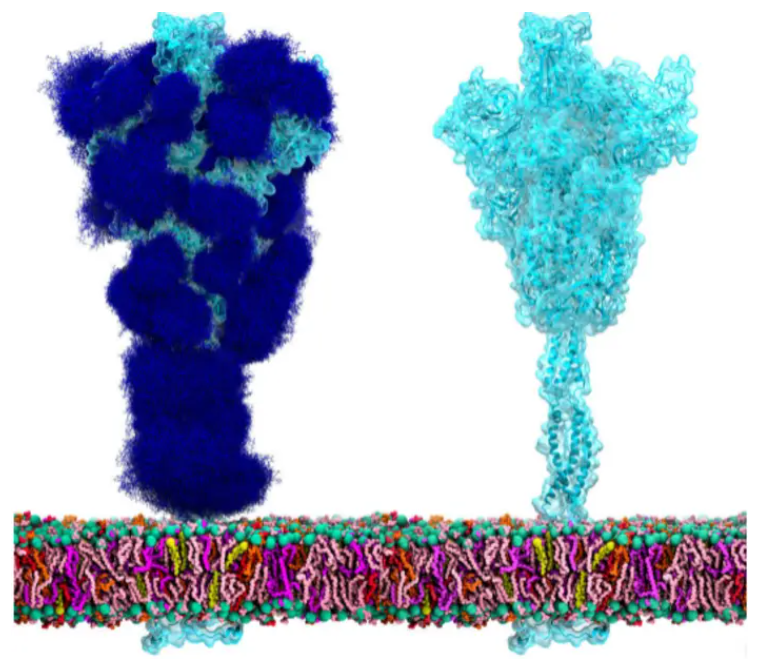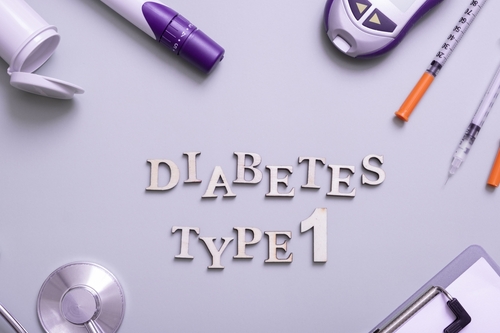A Novel Tool to Better Identify Sepsis in the ER
By Rob Dillard - Last Updated: May 10, 2024Detecting sepsis is a major challenge for clinicians triaging patients arriving at an emergency department with few or undifferentiated symptoms. Sepsis is often misdiagnosed or undetected altogether, posing a huge risk to patients, who can rapidly develop septic shock. Globally, 49 million people each year are found to have sepsis, and 20% of those will die.
DocWire News spoke with Dr. Jeremiah Hinson, Assistant Professor of Emergency Medicine at the Johns Hopkins University School of Medicine, and Dr. Tobin Efferen, Senior Medical Director at Beckman Coulter Diagnostics, and an emergency room physician based in Chicago, about the challenges involved in sepsis screening and diagnosis in hospitals. They discussed a new biomarker that can aid in identifying the risk of severe infection and sepsis in adult patients and can be measured along with standard tests typically carried out in emergency rooms, relieving the burden on clinical staff.
DocWire News: Can you provide us with some background on yourselves?
Dr. Jeremiah Hinson: Yeah, sure. So, like I said, I’m Jeremiah Hinson. I’m a physician and a researcher at Hopkins. I practice emergency medicine and I work at two of the emergency departments within the Hopkins system in Baltimore City. I’m trained medically and then I also have a PhD in molecular pathology from University of North Carolina. Went to medical school in New York at Einstein before coming to Hopkins. And I run a research group at Hopkins that has federal funding and industry funding. And we study data science. So really, using big data to help improve decision making in emergency medicine.
Dr. Tobin Efferen: So I’m Toby Efferen. I have practiced emergency medicine in downtown Chicago for the last 15 years or so after going to medical school in New York City at NYU. Over the last six months, I’ve transitioned into a role of senior director of medical and scientific affairs at Beckman Coulter, working with novel biomarkers to help identify infection and sepsis earlier in the emergency department.
How big a problem is sepsis in the hospital setting, and how often does it go unaddressed?
Dr. Jeremiah Hinson: Yeah. So sepsis is one of the biggest challenges in all of medicine. It’s a leading cause of mortality. It kills over a million people every year. And we have a lot of focus on sepsis. And we know that if we can identify people with sepsis or at risk for developing sepsis in the short term early and institute some very basic therapies like antibiotics, we can save a lot of lives and increase the positive outcomes, decrease morbidity and mortality from sepsis, just by doing very simple things. But a challenge is identifying the patients who actually have sepsis or at risk for sepsis among a huge pool of patients with other illnesses. So it’s a major problem in medicine in general, and especially in emergency medicine, because we see a wide array of patients with different pathologies, all presenting at the same time. So we’re really trying to pick needles out of a haystack and get the right therapy to them quickly.
What are the main challenges of screening and diagnosing sepsis in hospitals?
Dr. Tobin Efferen: Yeah, so I think one of the main challenges is sepsis has a lot of mimics. A lot of other clinical diagnoses can appear to be sepsis and vice versa. Sepsis can be sort of [inaudible 00:02:40] and hidden and difficult to detect. There’s a certain amount of time pressure that we’re under as emergency physicians to diagnose this in a timely manner. We try to get antibiotics in within an hour of identifying sepsis. And so all these things lead to a diagnosis that’s very difficult to successfully detect early in its course.
Can you talk to us about a novel biomarker that can be used to identify the risk of sepsis in adult patients, and how it can be measured?
Dr. Jeremiah Hinson: Sure. So we recently published a study looking at a biomarker called Monocyte Distribution Width, and this is a marker that was developed to be used within what’s called the complete blood count. So there have been a ton of biomarkers investigated and developed specifically for sepsis. Those biomarkers, most of them have to be ordered based on clinical suspicion. And so Monocyte Distribution Width is embedded within this complete blood count, which is most commonly used and ordered diagnostic in all of medicine. In the emergency department, all patients for whom we have any concern for any sort of serious disease are going to end up getting a CBC, the complete blood count.
And so the Monocyte Distribution Width is embedded within that. It’s available on the vast majority of patients. And what it’s doing is it’s looking at a specific white blood cell type that is involved in a response to infection. And it looks at the variability and basically the way that cell appears. And that variability increases when that cell type is responding to infection. And so we’re able to detect it on a very routinely ordered lab test. It’s available for all patients very early in their encounter. And our study showed that it’s very reliable in identifying patients who either have sepsis or at risk for developing sepsis in the short term.
What are the clinical implications of this new biomarker?
Dr. Tobin Efferen: Yeah. So the use of MDW as it’s integrated into practice will hopefully allow us to identify not just sepsis, but severe infection earlier in the patient encounter. And as Dr. Hinson mentioned, it’s part of the CBC, which is the most ordered blood test when a patient comes to the emergency department. The turnaround time for the CBC is also one of the shortest among all the blood tests we order in the emergency department. An MDW does not prolong the turnaround time of tests or prolong a patient’s stay, and in fact, may help to get the patient through the emergency department experience in a more timely fashion. It can also help us identify patients who may not have a severe infection north sepsis and allow us to safely discharge those patients. So minimizing diagnostic uncertainty is one of the main advantages of using MDW.
Dr. Jeremiah Hinson: I’d add to that just that the benefit of having it embedded within a test that is ordered for all patients is huge. Because a challenge for sepsis or severe infection, if a patient looks like they have an infection, we’re very good at treating it. We identify those people and we hop on it right away. But having something that’s embedded within a test that is kind of ordered on everybody allows us to really universally screen. And I would say that’s one of the biggest benefits of this test from the emergency physician’s perspective is that we’re picking up on people that we didn’t have initial suspicion. And so it really allows us to perform better as clinicians.
Dr. Tobin Efferen: Yeah. And one final comment on that is what Dr. Hinson said is exactly correct. Unless we are thinking of sepsis, we are not going to probably order other biomarkers or tests that would kind of lead us down that path to help identify that diagnosis. So biomarkers like lactate, CRP, procalcitonin, those come further in the diagnostic pathway. And again, so the advantage with MDW is it comes back so quickly. It’s available so early.
Any closing thoughts?
Dr. Jeremiah Hinson: No. I’ll just add that we at Hopkins and in the research community in general are really excited to see things like this come out that can really change practice immediately. And it’s kind of rare to see that. So for us, this was a really exciting finding to see that we could immediately change the way we care for and treat patients.







 © 2025 Mashup Media, LLC, a Formedics Property. All Rights Reserved.
© 2025 Mashup Media, LLC, a Formedics Property. All Rights Reserved.